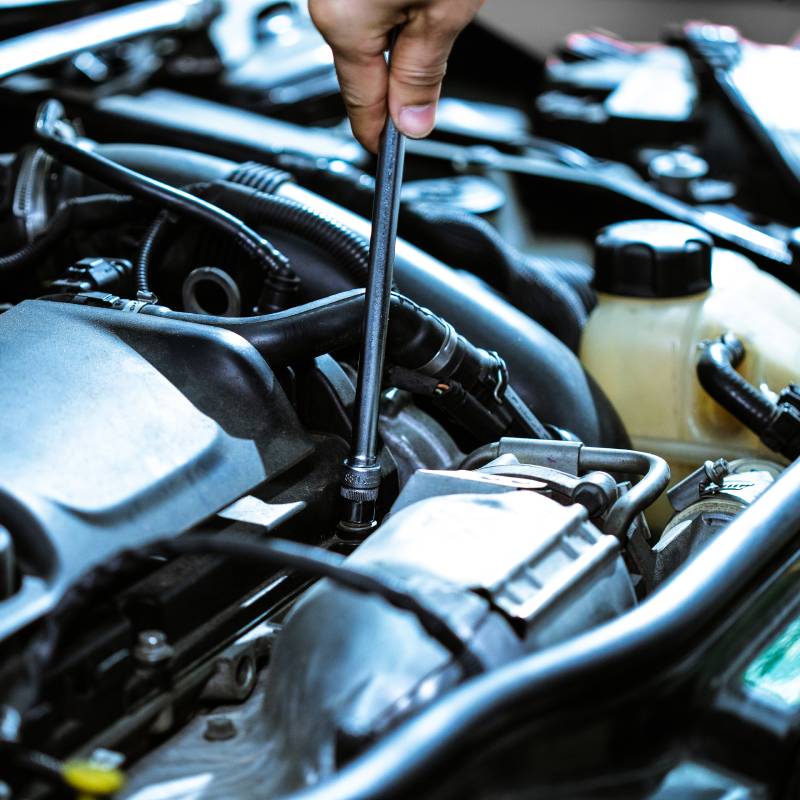Requirements for layered and parallel arrangement of high voltage harness
In the layout design of automobile high-voltage harness, the selection of high-voltage cable materials should be minimized to reduce the cost and weight pressure of the harness. According to the general layout and requirements of high-voltage electrical, layered layout and parallel layout are generally adopted. Here is a brief introduction to the requirements of layered layout and side-by-side layout of high-voltage harness.

1、 Requirements for layered layout
High voltage and low voltage harnesses can be divided into upper and lower levels.
In order to prevent electromagnetic interference generated by high-voltage harness when transmitting strong current, resulting in electromagnetic interference to power supply and signal transmission of low-voltage harness to control unit, layered design of high-voltage harness and low-pressure harness layer is generally adopted.
Due to the different current sizes of different models, the spacing between high and low voltage lines is generally guaranteed to be within 200-300mm. After the verification of the real vehicle, it can effectively avoid the interference during strong current operation. Hierarchical wiring can effectively prevent EMC interference caused by high voltage line operation.
2、 Requirements for parallel arrangement
The direction is the same, but the auxiliary body mechanism is arranged in parallel.
Arrange side by side to ensure that the high and low voltage harnesses are parallel and do not cross. When the high-voltage harness works, it can effectively protect the EMC interference of the controller.
The parallel wiring method is applicable to hybrid vehicles, and is equipped with high-voltage harness connecting unit wiring area and engine EFI harness layout area, so as to effectively avoid electromagnetic interference caused by high-voltage harness during power supply.


